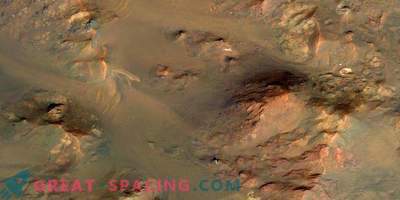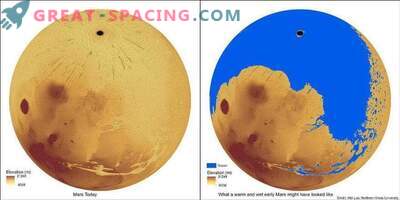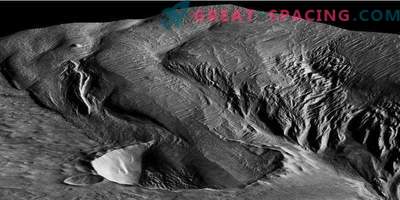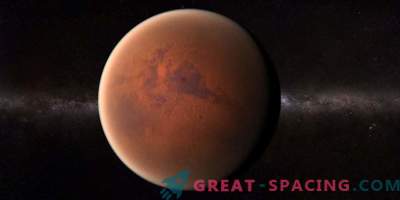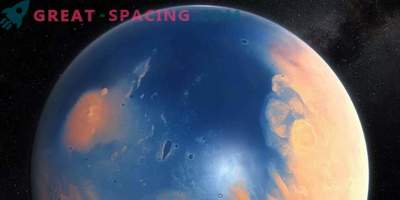
Scientists have long argued about the climate of early Mars. It was believed that he was warm and humid, like on Earth. But others believe that early Mars was farther from its present position. A new study suggests that the early Martian surface was not covered with ice, but could be moderately warm and even rained with small icy hailstones.
For decades, researchers have been trying to figure out which climate situation was present on the Red Planet about 4 billion years ago. Mars has a surprisingly diverse landscape, represented by a network of valleys, lake basins and possible sea coastlines. These ancient river features still hint that the planet had a warm and humid climate.
But this idea is facing problems. First, the amount of solar energy entering the atmosphere at that time was too low. Secondly, recent climate analyzes show that river characteristics can be explained by the presence of ice. Random warming events could lead to melting and river activity. But the latest geological and climatic analysis still tends to heat and moisture. Grand Canyon (a) compared to the Martian dendritic river system (b). Small morphological differences may be based on serious differences in age
The study claims that volcanic activity can be an explanation for Martian river features. Volcanic eruptions releasing CO2, H2 and CH4 could contribute to the greenhouse effect, which leads to warming, precipitation and water flows. However, if compared with the Earth, Mars was still drier, which means that a small amount of ice deposits could also exist.
In the future, scientists plan to use more complex models for further study of the warm and semi-arid climate hypothesis. It is also important for them to understand how the climate was before the formation of river features.

